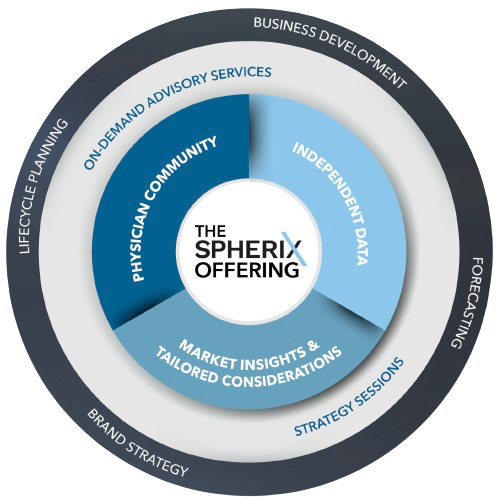US Hematologists Express High Unmet Need in Treatments for Warm Autoimmune Hemolytic Anemia and Cold Agglutinin Disease
With few treatment options for patients, hematologists look to pipeline agents such as Johnson & Johnson’s nipocalimab and Novartis’ ianalumab to improve patient outcomes, according



















